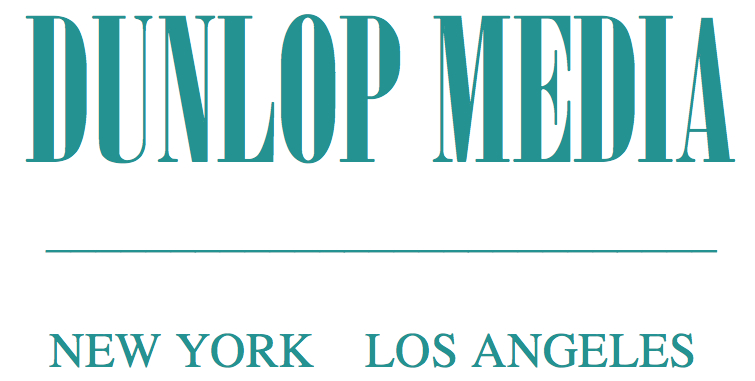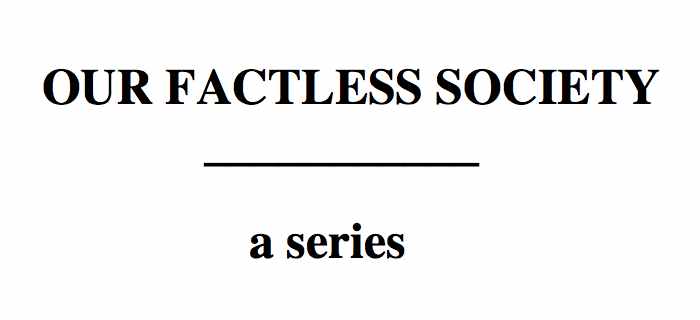The conviction of the 6-year old's killer, 38 years after the boy's unsolved disappearance, is a reminder that seemingly insignificant stories can get big, fast - and have a very long shelf life
Media commentary by Steve Dunlop
WOR newscaster Peter Roberts, circa 1966.
On Tuesday, May 29, 1979, at 5:15 in the morning, the veteran New York newscaster Peter Roberts is beginning to write. I am three years out of college, and in the unlikely position of being his supervisor. I am the morning news editor at WOR, one of the most listened-to radio stations in the country, and easily the most profitable.
I am trying hard not to seem too green for my job. And then Roberts speaks up.
“We should really include a few lines about Etan Patz,” he tells me.
Etan Patz as photographed in 1978, from a Wikipedia page on his disappearance.
At first, I don’t know what Roberts is talking about. Sure, I had read over the Memorial Day weekend about the neighborhood search for the 6-year old SoHo boy who had disappeared, while walking the two blocks from his family’s loft to catch a school bus. Hundreds of SoHo residents joined the hunt, almost spontaneously. (Imagine Manhattanites responding to such a call today without Foursquare and smartphones?)
Etan who? The name means nothing to me. Having read the story, and not heard it on the radio, I assume the name is pronounced Eton Pats (rhymes with seat and slats).
Roberts is a news institution on WOR. A genteel Anglophone from Montreal, he is also a stickler for pronunciation.
“It’s Ay-tuhn Paytz,” he says. “Lots of people are following it, Steve. We should, too. It’s an important story.”
Etan Patz hasn’t made the cut for our morning rundown, and I don't see how it can. It is already a busy Tuesday. The NTSB is investigating the cause of a plane crash in Chicago that killed 275 people. Israel has begun returning the Sinai to Egypt. Margaret Thatcher is in her first month as British Prime Minister, and Pope John Paul II is preparing to visit Poland.
Besides, I know, kids go missing all the time in New York. Many simply lose their way, and are rediscovered in a matter of minutes, or hours. Some are taken by one parent or another, caught up in custody disputes. A disproportionate number of these cases emanate from troubled neighborhoods, and in 1979, New York had a long list of those.
West Broadway in New York's SoHo neighborhood as it appeared in 1974. Courtesy therealdeal.com.
SoHo wasn’t exactly the South Bronx, of course. But neither was it what it is today: a glossy, artsy, urban shopping center.
Today, near the corner of Prince and Wooster Streets where young Etan disappeared, you have a Club Monaco, an Apple Store, and boutiques by designers such as Diane Von Furstenberg. Storefronts are painted in politically correct earth tones - subdued wines, greys, and khakis. The only clues to the neighborhood’s low-rent past are the back of a stop sign covered with bumper stickers, and a couple of mail storage boxes festooned with graffiti.
Prince Street at the corner of Wooster Street in SoHo, as it appears today. Image from Google Maps.
But if SoHo wasn’t yet a typically upscale neighborhood in 1979, Etan’s parents weren’t typical, either. Stanley and Julie Patz were media savvy before that term became a cliche. (Patz’s father, Stanley, was a professional photographer.)
Within hours of their son’s disappearance, they had organized an urban posse to search for him. They plastered the city with pictures of him. They called in the papers to report on him.
They pushed every button that existed back then – and even some buttons they had to create. Patz’s case was critical to the establishment of the National Center for Missing and Exploited Children. Etan was the first missing child ever to appear on a milk carton.
And of course, they'd gotten the attention of WOR, thanks to Peter Roberts. Because of him, we went with the story.
On that May morning 38 years ago, my youthful instinct was that Etan Patz was a routine missing person case that would be solved quickly. Many other big stories of that day have long been forgotten, but this one remains all too familiar.
I carried the lesson into a long career in news. Sometimes, it isn't just about reporting what's already big. It's about recognizing what might become big.












